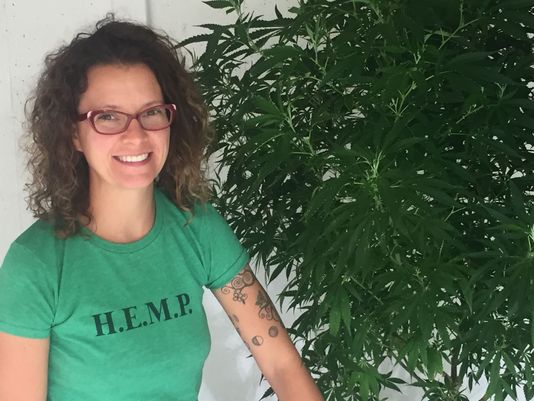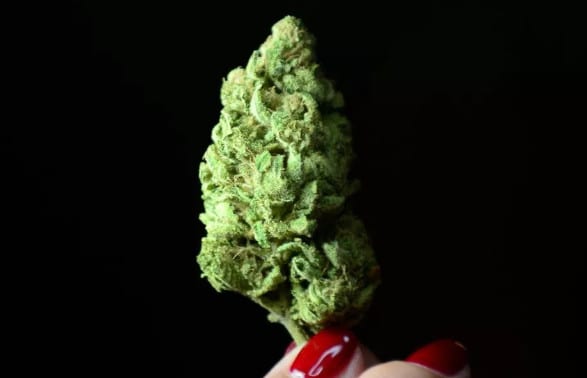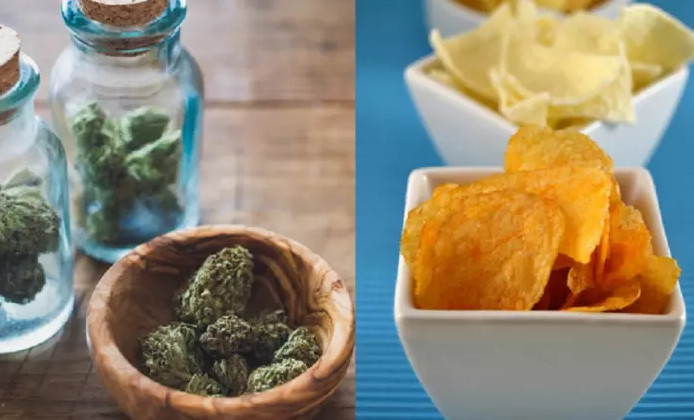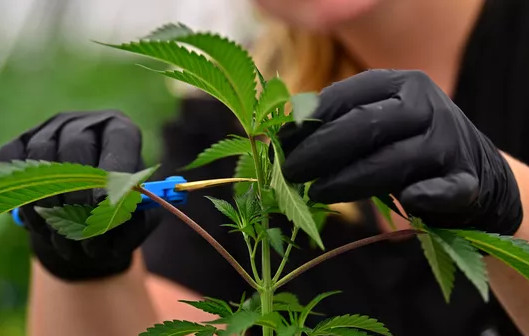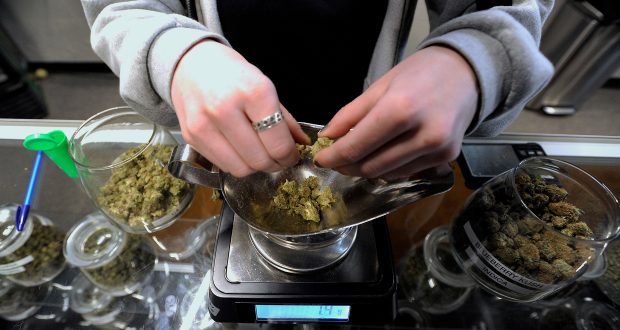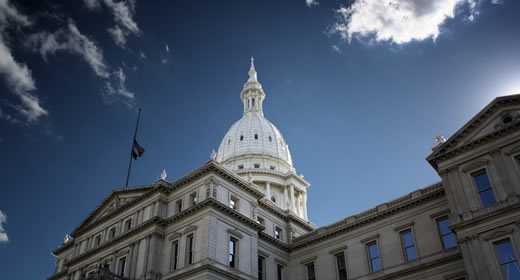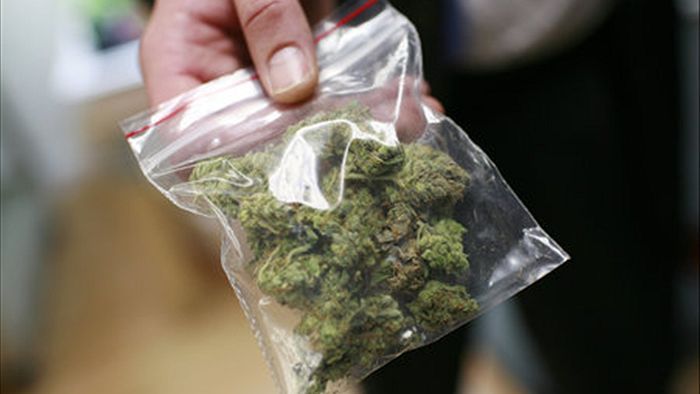Vermont’s embrace of legal, recreational cannabis has left the medical establishment in the dust, says a Burlington-based neurologist.
“The scientific literature on marijuana is in flux,” Joseph McSherry said, noting that his opinions are his own and don’t represent UVM College of Medicine, where he teaches. “Since 1942, cannabis has been considered a forbidden, evil substance.”
Most doctors in the region abide by research steered by prohibition, McSherry said.
Indeed, officials at the Vermont Department of Health and at the state’s largest hospital keep mum when it comes to advice for the pot-for-fun crowd.
“In the absence of definitive clinical findings, many doctors at the University of Vermont Medical Center are reluctant to weigh in publicly with blanket statements about recreational cannabis,” explained Annie Mackin, communications strategist at UVM Medical Center.
Caution is a recurring theme, even among healthcare providers who recognize the drug’s recreational potential.
Several of them agreed to share advice on how to optimize your buzz — with the caveat that some folks should steer clear of weed.
Just say no?
“Every drug has its cost, and no high is free,” said Paul Jerard, a physicians assistant at the University of Vermont Medical Center emergency room and founder of Vermont Cannabinoid Clinic in Burlington. “There’s always going to be a downside.”
Downside number one: Recreational tokers are typicallyless likely to seek professional advice on health and safety than medicinal marijuana patients — and might be less alert to warning signs of misuse or overuse, he continued.
And several red flags should wave you away from weed entirely, Jerard said :
Age. Young, rapidly developing brains are particularly vulnerable to drugs of all kinds. People under 21 should err on the side of caution, as should pregnant and breastfeeding mothers.
Mental health. Plausible research suggests that cannabis and other psychoactive drugs increase the risk of mental illness among people with a family history of schizophrenia or psychosis.
Lungs. “Burning a plant and inhaling it into your lungs has a big potential for adverse side-effects, particularly among people with respiratory issues like asthma.”
Chemical impurities. “Take the same precautions you would with tomatoes. Try to find a responsible gardener or farmer — it’s not too hard to find the real deal around here.”
Underlining the risk of contamination, Dr. McSherry cautions against marijuana products from dicey blackmarket and online vendors, whose “legal weed” often contains “spice,” “K2” or other synthetic cannabinoids that induce unpredictable, unpleasant and even dangerous side-effects.
Resist the urge to combine cannabis with other drugs, McSherry added. “Whether its alcohol and opium or alcohol and cannabis — it puts you at much greater health risk than any of those drugs alone.”
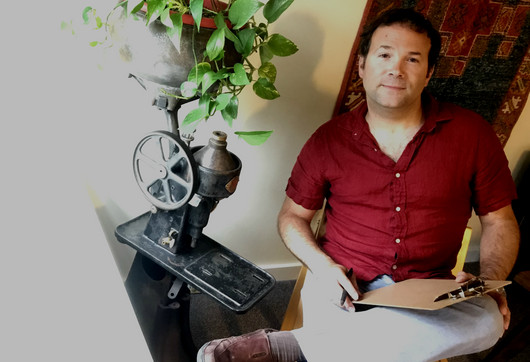
Credit: www.burlingtonfreepress.com
Bad-news gummy-bears
Cannabis-infused edibles present a different sort of risk, as members of the cleaning staff at Shelburne Inn discovered to their dismay last month. They availed themselves of some unlabeled cannabis bonbons left behind by guests and found themselves ill and hospitalized.
Scrumptious-looking pot treats should be consumed with caution, if at all, McSherry said; “I certainly wouldn’t ingest gummy-bears or anything else that looks good. Potent edibles deliver altered states that can be scary.”
Furthermore, edibles complicate a user’s quest to find an optimal buzz because they metabolize more slowly than inhaled cannabis, which “within 10 minutes is in your brain,” McSherry said.
Ingest with caution, he concludes. If you must inhale, invest in a high-quality vaporizer. Either way, he added, “Start low and go slow.”
Good reefer referrals
Variety in strength and character are vast within the Cannabis sativa family, and scientists are still puzzling over how the plant’s many cannabinoid compounds (including intoxication-free CBD) interact with THC to shape a high.
Furthermore, combinations of aromatic oils, or terpenes, in marijuana add a complexity to how we experience the drug, contributing to what medical dispensaries call “entourage effects.”
“There will be types of marijuana that will be the equivalent of a 12-year-old Scotch,” Dr. McSherry predicts, “and it’ll have the terpene group that might deliver the benefits that you most want.”
A refined imbiber, he added, will learn to “self-titrate,” or incrementally adjust a cannabis dose for optimum results.
Jerard urges us to pause and take a deep breath: Marijuana, he said, appears to be less harmful than either tobacco or alcohol. Research, including that curated by the National Academies of Sciences, Engineering and Medicine, strengthens that hypothesis.
An informed, moderate consumer is much more likely to be a satisfied consumer, Jerard concluded: “It can be a nice way to relax.”
Experiment wisely
When it comes to sophistication, the recreational marijuana crowd might take a tip or two from the medical-marijuana community.
Patients who visit the Champlain Valley Dispensary select from a menu of products that have established characteristics, and have been tested for strength.
The dispensary’s lab began testing privately grown weed after July 1. Its website hosts a blog page that curates news about recreational marijuana.
But the business offers no medical advice, emphasizes Bridget Conry, who directs marketing and product development. Instead, dispensary staff members have ongoing conversations with clients.
Patients with similar symptoms form focus-groups, Conry said; they’re encouraged to compare notes on which cannabis varieties deliver sought-after relief from pain, lethargy, nausea or sleeplessness.
“We advise people to keep a journal; to keep experimenting until they find the right match for their needs,” she added.
Grow it right
The dispensary grows its own cannabis, following guidelines by the nonprofit Organic Materials Review Institute, Conry said.
“Anyone growing cannabis has to be watchful for mold, mildew and pests. Cannabis is an agricultural crop, no different from any other in this regard,” she added. “It is how you manage it that it is important.”
Mold-derived toxins can spoil a batch of weed that is improperly cured to reduce its moisture content, according to Waterbury-based Nutraceutical Science Laboratories.
Overdosing a pot garden with pesticides can introduce a wide range of troublemaking chemicals into one’s nervous system, they add.
A headache is often the first symptom of consuming mildewed or otherwise contaminated weed, said Jessilyn Dolan, a Chittenden County-based registered nurse and co-founder of the Vermont Cannabis Nurses Association, an advocacy group.
Dolan, who legally grows cannabis as a cancer-patient caregiver, is attentive to the plant’s various medicinal properties, as well as its potential for recreation.
Plant health is an important first step for do-it-yourself pot growers, she said, and that approach informs HomeGrown Consulting, a business she started with her partner, Matt Leonetti.
“We can help people select the right cultivars; whether a strain is best suited for the cocktail hour, for bedtime, for sore muscles after a long day’s work, or for cleaning the house,” she said.
Legalized possession is only the first step toward responsible, recreational use, Dolan added: “There’s still a stigma about cannabis. We’d like more people to be able to talk openly about it — instead of doing it all behind closed doors.”
Credit: www.burlingtonfreepress.com

